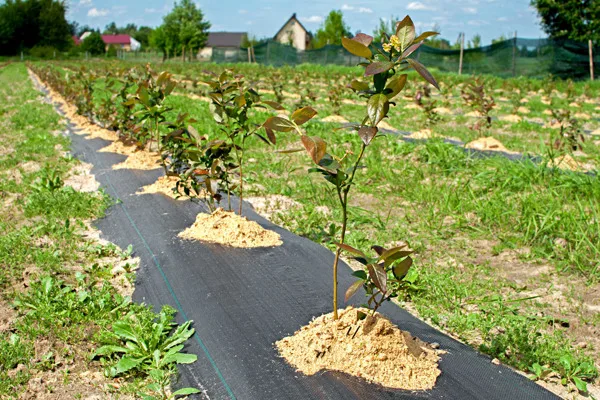© 2020 Hefei Better Technology Co., Ltd. All rights reserved.Site Map Designed by iwonder.cn
Tel
086-19155119097

Landscape fabric is a resilient barrier for yard areas and flower beds prone to weeds. It is a key material to uphold the beauty in your landscaping projects and gardens while controlling excessive weed growth and excessive soil erosion for years. It prevents weed seeds from germinating in the soil or from landing and taking root from above the soil. And because landscape fabric is "breathable," it lets water, air, and some nutrients to flow down to the soil to feed desirable plants.
Landscape fabric works fine on its own, but it's usually best to cover it with a decorative mulch, rock, or other ground cover. The fabric separates the cover material from the soil, keeping stone and gravel clean and slowing the inevitable breakdown of organic mulch. Black plastic (another type of weed barrier) performs a similar function, but plastic is prone to tearing, and it forms an impervious barrier that prevents water and air from reaching desirable plants.
Installing landscape fabric isn't much harder than spreading out a bed sheet, but it's important to prepare the ground properly to ensure a flat surface and prevent damage to the fabric. It's also important to overlap and secure the edges of the fabric to prevent weeds and cover material from getting through the seams.
Working With Landscape Fabrics
Landscape fabric is a weed barrier, but not all weed barriers are landscape fabric. Cheap, thin plastic barriers are far inferior to quality fabric and can tear very easily. It never pays to use the cheap stuff because you'll most likely need to replace it sooner or later. By contrast, quality landscape fabric is long-lasting and is resistant to sun damage and tears. Some products are guaranteed for up to 20 years.
Another benefit of quality fabric is that it's reusable. If you decide to change an area that is covered with fabric and mulch, simply remove the mulch, unpin the fabric, shake off the soil and other material, and roll up the fabric to keep it for future use. While it may be a little dirty, reused fabric works just as well as new material.
Most quality landscape fabric is made of spun synthetic-fiber material that blocks sunlight but permits the passage of some water and air. The material is tough, but it can be damaged by sharp rocks, tools, and roots. For this reason, it's a good idea to rake and smooth the ground before laying the fabric. Many fabrics are UV-protected but will last longer if they are not directly exposed to sunlight. A layer of mulch or other ground material provides this coverage.
If you are interested in our products, pls contact us : info@bettermicn.com